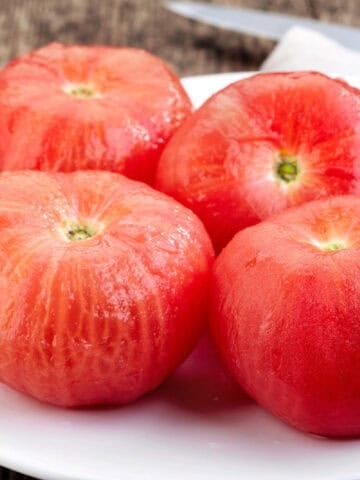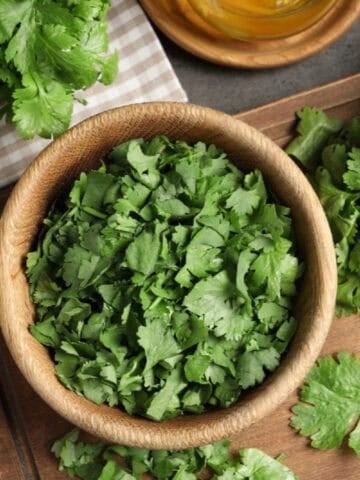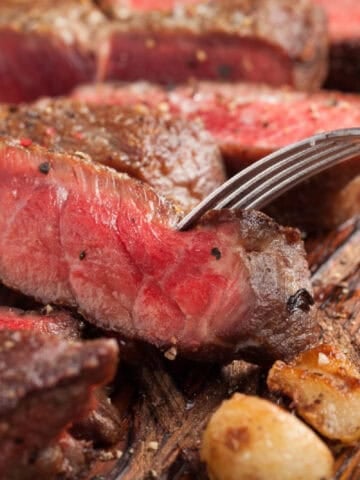Chopsticks are a simple serving tool of choice for many people. Having originated in and spread from China over 3000 years ago, this simple utensil is now firmly rooted in the eating traditions of numerous countries across the continent, from Japan and Korea to the diverse nations of Southeast Asia. While most people are right-handed, it is equally essential for left-handed persons to learn to use chopsticks with their left hand.

Jump To
Chopsticks: left-handed vs right-handed
While most find that chopstick skill comes easily with their preferred right hand at the lead, those who favor their left can face a difficult path to proficiency. While the utensil is structurally simple, its effective use demands skillful coordination between opposing hands – a challenge when working against one’s natural instincts. Unless specifically taught the left-handed way, it may seem rather awkward and difficult for left-handed people to coordinate the chopstick movements. The technique and hand placements for left-hands are exactly the opposite of right-handed use.
Being able to use chopsticks with either hand opens up more dining options when cooking or eating Asian cuisine. It allows lefties to feel equally comfortable at social gatherings involving regular chopsticks. The good news is once you learn the proper technique, though it requires practice, it is not very different for left-handed people.
Overview
Before getting into the chopstick technique breakdown, you must understand the basic grip down first. Having the right chopstick grip is key for using it well. For a lefty hold, the chopsticks go between your thumb on top and bottom three fingers – like the ring finger, middle finger, and index finger. Don’t squeeze them too tight or let them dangle too loose, either. A gentle yet firm grip works best.
Eating with chopsticks left-handed: step by step
Mastering the art of chopsticks may present a steeper learning curve when using the non-dominant left hand. However, with proper guidelines, you can achieve success. The following are some easy steps that will help you:

- Pick up the training chopsticks resting on the chopstick holder or surface. Use your left hand for this. Grip the chopsticks between your thumb on top and bottom three fingers at the bottom, as explained earlier. Lift both chopsticks together.
- Position the bottom chopstick against the bottom outer joint of your ring finger. Rest it vertically against your finger for support.
- Stick the top chopstick between the base of your thumb and index finger on the outer side of your hand at the thumb-index finger knuckle. The top stick needs to be lined up parallel to the bottom one so they make a V-shape together.
- Practice basic up-and-down chopstick movements to lift and transfer smaller pieces of food to your mouth. Start with easier options like a bowl of rice or vegetables that are easier to grab.
- As your chopstick skills improve, try picking up larger Asian food items by using a pincer-like movement to bring the chopsticks together and lift food. Practice this motion.
Chopsticks manner
Proper manners while using chopsticks are very important regardless of being left or right-handed, especially in public places like Asian restaurants. Here are some common chopstick rules and manners:
- Passing food: When sharing dishes, use the blunt end of your chopsticks to transfer food to someone else's plate. Serving people food before helping yourself is being polite.
- Don't point: Avoid pointing with your chopsticks at people, as it can be considered rude.
- Don't play with chopsticks: Refrain from using chopsticks to play with food or make unnecessary gestures, as it's seen as disrespectful.
- Separation of chopsticks: Don't separate disposable chopsticks until you're ready to use them.
- Resting chopsticks: Place your chopsticks on the chopsticks rest or on the edge of your plate when you're not using them. Avoid leaving them sticking out of your bowl or plate.
- Passing food from communal plates: When taking food from a communal plate, use the serving chopsticks or reverse your chopsticks to transfer the food to your plate. Avoid using your personal chopsticks directly from the communal dish.
Practice is key
If you are left-handed, using chopsticks with the dominant hand can enhance comfort and ease of use. While many chopsticks are designed for right-handed users, practicing with the left hand allows you to develop your own techniques and preferences that suit your natural hand movements.
Like with many things, practice is essential to make a significant difference and master the techniques of efficient left-handed chopstick use. Start with easy grab foods and practice different chopstick maneuvers. Be patient, and do not get frustrated. With A little regular practice of even 10-15 minutes daily, you will quickly get comfortable and improve your fine motor skills. Eating your favorite Asian dishes involving chopsticks frequently will further improve your skills, and ultimately, this art will become second nature for you.
Mastering tricky foods
Mastering tricky foods with chopsticks, mainly using the left hand, is important. Here are some extra pro tips for enhancing your control:
Noodles: Navigating noodles with chopsticks can be challenging due to their slippery nature and elongated shape. Here are some techniques to master noodle handling:
- Use a twisting motion: Twisting the noodles around one chopstick can help secure them in place before lifting.
- Opt for thicker noodles: Thicker noodles are easier to grasp and manipulate than thin ones.
- Practice with different noodle dishes to develop versatility in noodle handling techniques.
Rice: Handling rice with chopsticks requires finesse to prevent grains from slipping away. Consider the following tips:
- Use a scooping motion: Scooping up rice rather than attempting to pick up individual grains can make the process easier.
- Compact the rice: Gently press the rice together to form small, manageable clumps that are easier to grip.
- Practice with sticky rice varieties to improve control and dexterity.
Small or slippery items: Some foods, such as small grains or slippery ingredients, present unique challenges. Here's how to tackle them effectively:
- Pinch and hold: Instead of attempting to spear small items, use a pinching motion between the chopsticks to secure them.
- Experiment with different grip techniques to find what works best for handling challenging foods.
- While the traditional chopstick grip involves holding one chopstick steady with your ring finger and thumb and maneuvering the other chopstick with your index and middle fingers, left-handed individuals may find it more comfortable to reverse this grip.
The bottom line
Mastering the art of using chopsticks left-handed requires patience, practice, and a willingness to adapt. While it may feel challenging at first, with consistent effort and following the tips outlined in this guide, you can develop the technique needed to enjoy your favorite cuisines with chopsticks confidently.:) Remember to maintain a relaxed grip, focus on properly placing your fingers, and adjust your movements to suit your dominant hand.
I hope you enjoyed this post. Following the proper method above and with consistent practice, both left- and right-handed persons can use chopsticks with equal confidence and skill. During the learning process, using chopsticks left-handed will become second nature! Let me know about your chopsticks adventure by leaving comments below!






Leave a Reply